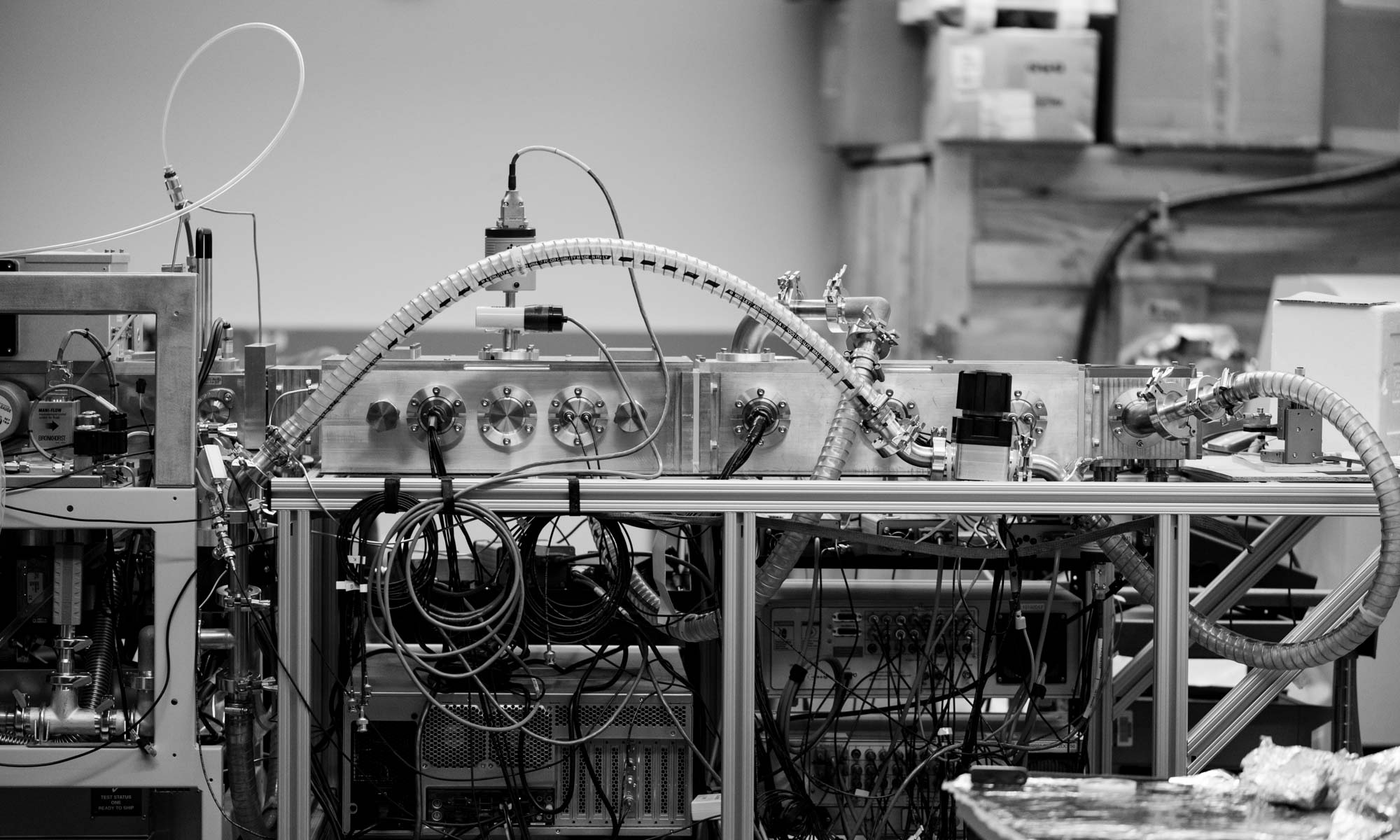 Native mass spectrometry and ion mobility spectrometry were used to investigate the gas-phase structures of selected cations and anions of proteins and protein complexes with masses ranging from 6–468 kDa. Under the same solution conditions, the average charge states observed for all native-like anions were less than those for the corresponding cations. Using an RF-confining drift cell, similar collision cross sections were measured in positive and negative ion mode suggesting that anions and cations have very similar structures. This result suggests that for protein and protein complex ions within this mass range, there is no inherent benefit to selecting a specific polarity for capturing a more native-like structure. For peptides and low-mass proteins, polarity and charge-state dependent structural changes may be more significant. The charged-residue model is most often used to explain the ionization of large macromolecules based on the Rayleigh limit, which defines the upper limit of charge that a droplet can hold. Because ions of both polarities have similar structures and the Rayleigh limit does not depend on polarity, these results cannot be explained by the charged-residue model alone. Rather, the observed charge-state distributions are most consistent with charge-carrier emissions during the final stages of analyte desolvation, with lower charge-carrier emission energies for anions than the corresponding cations. These results suggest that the observed charge-state distributions in most native mass spectrometry experiments are determined by charge-carrier emission processes; although the Rayleigh limit may determine the gas-phase charge states of larger species, e.g., virus capsids.
Native mass spectrometry and ion mobility spectrometry were used to investigate the gas-phase structures of selected cations and anions of proteins and protein complexes with masses ranging from 6–468 kDa. Under the same solution conditions, the average charge states observed for all native-like anions were less than those for the corresponding cations. Using an RF-confining drift cell, similar collision cross sections were measured in positive and negative ion mode suggesting that anions and cations have very similar structures. This result suggests that for protein and protein complex ions within this mass range, there is no inherent benefit to selecting a specific polarity for capturing a more native-like structure. For peptides and low-mass proteins, polarity and charge-state dependent structural changes may be more significant. The charged-residue model is most often used to explain the ionization of large macromolecules based on the Rayleigh limit, which defines the upper limit of charge that a droplet can hold. Because ions of both polarities have similar structures and the Rayleigh limit does not depend on polarity, these results cannot be explained by the charged-residue model alone. Rather, the observed charge-state distributions are most consistent with charge-carrier emissions during the final stages of analyte desolvation, with lower charge-carrier emission energies for anions than the corresponding cations. These results suggest that the observed charge-state distributions in most native mass spectrometry experiments are determined by charge-carrier emission processes; although the Rayleigh limit may determine the gas-phase charge states of larger species, e.g., virus capsids.
Effects of Polarity on the Structures and Charge States of Native-like Proteins and Protein Complexes in the Gas Phase Samuel J. Allen, Alicia M. Schwartz, Matthew F. Bush. Anal. Chem. 2013, 85, 12055–12061. (Link|PUBMED)


 Prof. Bush’s recent
Prof. Bush’s recent  The Bush Lab welcomes Myung Cha! Click
The Bush Lab welcomes Myung Cha! Click 

 Congratulations to Sam Allen, who has been selected as one of the recipients of the Department of Chemistry’s Graduate Student Merit Fellowships.
Congratulations to Sam Allen, who has been selected as one of the recipients of the Department of Chemistry’s Graduate Student Merit Fellowships.






You must be logged in to post a comment.